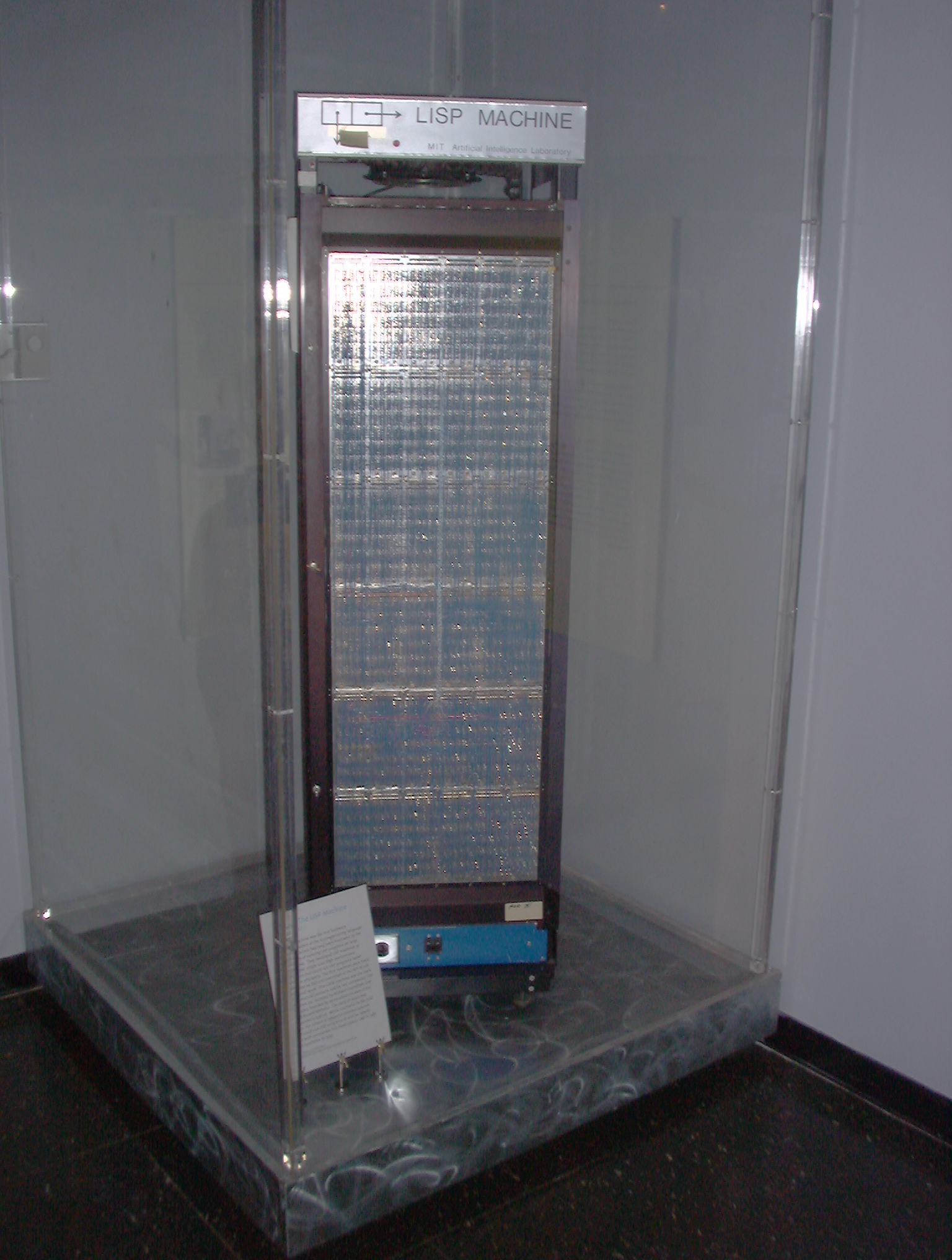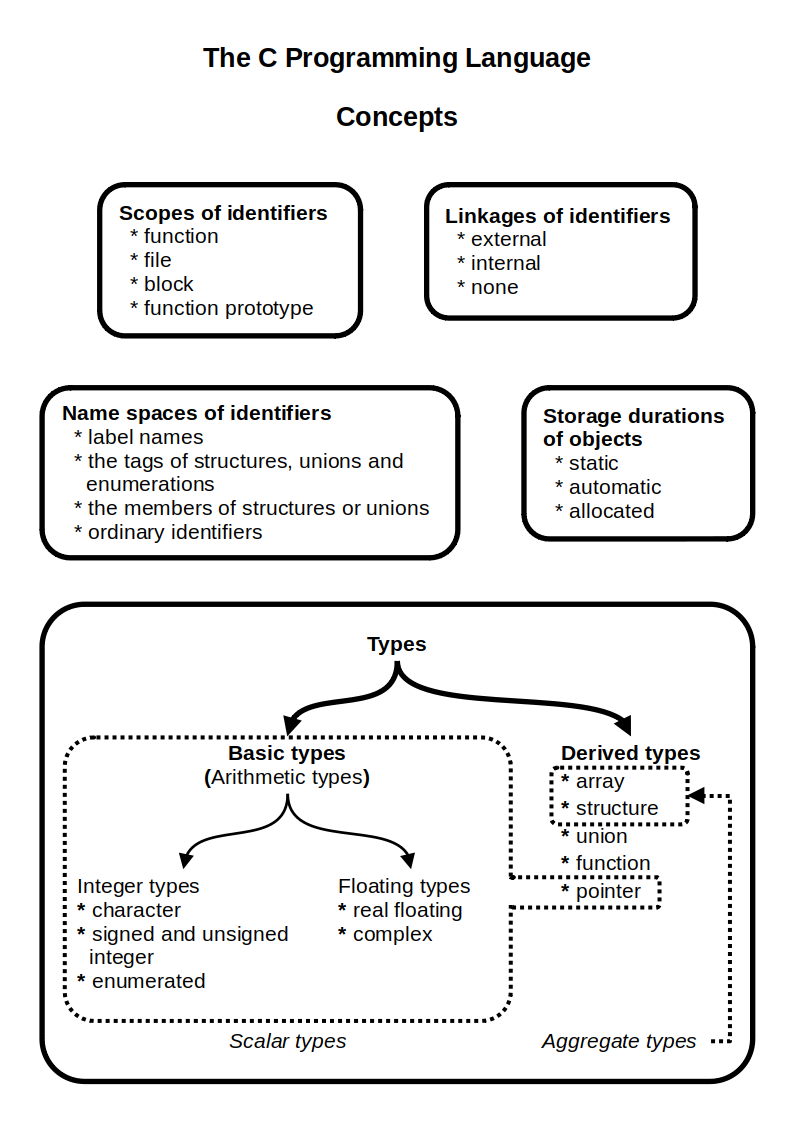|
XPL
XPL, for expert's programming language is a programming language based on PL/I, a portable one-pass compiler written in its own language, and a parser generator tool for easily implementing similar compilers for other languages. XPL was designed in 1967 as a way to teach compiler design principles and as starting point for students to build compilers for their own languages. XPL was designed and implemented by William M. McKeeman, David B. Wortman, James J. Horning and others at Stanford University. XPL was first announced at the 1968 Fall Joint Computer Conference. The methods and compiler are described in detail in the 1971 textbook ''A Compiler Generator''. They called the combined work a 'compiler generator'. But that implies little or no language- or target-specific programming is required to build a compiler for a new language or new target. A better label for XPL is a translator writing system. It helps to write a compiler with less new or changed programming code. ... [...More Info...] [...Related Items...] OR: [Wikipedia] [Google] [Baidu] [Amazon] |
PL/I
PL/I (Programming Language One, pronounced and sometimes written PL/1) is a procedural, imperative computer programming language initially developed by IBM. It is designed for scientific, engineering, business and system programming. It has been in continuous use by academic, commercial and industrial organizations since it was introduced in the 1960s. A PL/I American National Standards Institute (ANSI) technical standard, X3.53-1976, was published in 1976. PL/I's main domains are data processing, numerical computation, scientific computing, and system programming. It supports recursion, structured programming, linked data structure handling, fixed-point, floating-point, complex, character string handling, and bit string handling. The language syntax is English-like and suited for describing complex data formats with a wide set of functions available to verify and manipulate them. Early history In the 1950s and early 1960s, business and scientific users programmed fo ... [...More Info...] [...Related Items...] OR: [Wikipedia] [Google] [Baidu] [Amazon] |
Parser
Parsing, syntax analysis, or syntactic analysis is a process of analyzing a string of symbols, either in natural language, computer languages or data structures, conforming to the rules of a formal grammar by breaking it into parts. The term ''parsing'' comes from Latin ''pars'' (''orationis''), meaning part (of speech). The term has slightly different meanings in different branches of linguistics and computer science. Traditional sentence parsing is often performed as a method of understanding the exact meaning of a sentence or word, sometimes with the aid of devices such as sentence diagrams. It usually emphasizes the importance of grammatical divisions such as subject and predicate. Within computational linguistics the term is used to refer to the formal analysis by a computer of a sentence or other string of words into its constituents, resulting in a parse tree showing their syntactic relation to each other, which may also contain semantic information. Some parsing a ... [...More Info...] [...Related Items...] OR: [Wikipedia] [Google] [Baidu] [Amazon] |
Fall Joint Computer Conference
The Joint Computer Conferences were a series of computer conferences in the United States held under various names between 1951 and 1987. The conferences were the venue for presentations and papers representing "cumulative work in the omputerfield." Originally a semi-annual pair, the Western Joint Computer Conference (WJCC) was held annually in the western United States, and a counterpart, the Eastern Joint Computer Conference (EJCC), was held annually in the eastern US. Both conferences were sponsored by an organization known as the ''National Joint Computer Committee'' (NJCC), composed of the Association for Computing Machinery (ACM), the American Institute of Electrical Engineers (AIEE) Committee on Computing Devices, and the Institute of Radio Engineers (IRE) Professional Group on Electronic Computers. In 1962 the American Federation of Information Processing Societies (AFIPS) took over sponsorship and renamed them Fall Joint Computer Conference (FJCC) and Spring Joint Com ... [...More Info...] [...Related Items...] OR: [Wikipedia] [Google] [Baidu] [Amazon] |
Parser Generator
In computer science, a compiler-compiler or compiler generator is a programming tool that creates a parser, interpreter, or compiler from some form of formal description of a programming language and machine. The most common type of compiler-compiler is called a parser generator. It handles only syntactic analysis. A formal description of a language is usually a grammar used as an input to a parser generator. It often resembles Backus–Naur form (BNF), extended Backus–Naur form (EBNF), or has its own syntax. Grammar files describe a syntax of a generated compiler's target programming language and actions that should be taken against its specific constructs. Source code for a parser of the programming language is returned as the parser generator's output. This source code can then be compiled into a parser, which may be either standalone or embedded. The compiled parser then accepts the source code of the target programming language as an input and performs an action or ou ... [...More Info...] [...Related Items...] OR: [Wikipedia] [Google] [Baidu] [Amazon] |
One-pass Compiler
In computer programming, a one-pass compiler is a compiler that processes each compilation unit only once, sequentially translating each source statement or declaration into something close to its final machine code. This is in contrast to a multi-pass compiler which converts the program into one or more intermediate representations in steps between source code and machine code, and which reprocesses the entire compilation unit in each sequential pass. A one-pass compiler initially has to leave addresses for forward jumps unresolved. These can be handled in various ways (e.g. tables of forward jumps and targets) without needing to have another complete pass. Some nominally one-pass compilers effectively 'pass the buck' by generating assembly language and letting the assembler sort out the forward references, but this requires one or more passes in the assembler. One-pass compilers are smaller and faster than multi-pass compilers. One-pass compilers are unable to generate as eff ... [...More Info...] [...Related Items...] OR: [Wikipedia] [Google] [Baidu] [Amazon] |
O-code
BCPL ("Basic Combined Programming Language") is a procedural, imperative, and structured programming language. Originally intended for writing compilers for other languages, BCPL is no longer in common use. However, its influence is still felt because a stripped down and syntactically changed version of BCPL, called B, was the language on which the C programming language was based. BCPL introduced several features of many modern programming languages, including using curly braces to delimit code blocks. BCPL was first implemented by Martin Richards of the University of Cambridge in 1967. Design BCPL was designed so that small and simple compilers could be written for it; reputedly some compilers could be run in 16 kilobytes. Furthermore, the original compiler, itself written in BCPL, was easily portable. BCPL was thus a popular choice for bootstrapping a system. A major reason for the compiler's portability lay in its structure. It was split into two parts: the front en ... [...More Info...] [...Related Items...] OR: [Wikipedia] [Google] [Baidu] [Amazon] |
BCPL
BCPL ("Basic Combined Programming Language") is a procedural, imperative, and structured programming language. Originally intended for writing compilers for other languages, BCPL is no longer in common use. However, its influence is still felt because a stripped down and syntactically changed version of BCPL, called B, was the language on which the C programming language was based. BCPL introduced several features of many modern programming languages, including using curly braces to delimit code blocks. BCPL was first implemented by Martin Richards of the University of Cambridge in 1967. Design BCPL was designed so that small and simple compilers could be written for it; reputedly some compilers could be run in 16 kilobytes. Furthermore, the original compiler, itself written in BCPL, was easily portable. BCPL was thus a popular choice for bootstrapping a system. A major reason for the compiler's portability lay in its structure. It was split into two parts: the front ... [...More Info...] [...Related Items...] OR: [Wikipedia] [Google] [Baidu] [Amazon] |
Java (programming Language)
Java is a High-level programming language, high-level, General-purpose programming language, general-purpose, Memory safety, memory-safe, object-oriented programming, object-oriented programming language. It is intended to let programmers ''write once, run anywhere'' (Write once, run anywhere, WORA), meaning that compiler, compiled Java code can run on all platforms that support Java without the need to recompile. Java applications are typically compiled to Java bytecode, bytecode that can run on any Java virtual machine (JVM) regardless of the underlying computer architecture. The syntax (programming languages), syntax of Java is similar to C (programming language), C and C++, but has fewer low-level programming language, low-level facilities than either of them. The Java runtime provides dynamic capabilities (such as Reflective programming, reflection and runtime code modification) that are typically not available in traditional compiled languages. Java gained popularity sh ... [...More Info...] [...Related Items...] OR: [Wikipedia] [Google] [Baidu] [Amazon] |
LISP
Lisp (historically LISP, an abbreviation of "list processing") is a family of programming languages with a long history and a distinctive, fully parenthesized Polish notation#Explanation, prefix notation. Originally specified in the late 1950s, it is the second-oldest high-level programming language still in common use, after Fortran. Lisp has changed since its early days, and many Programming language dialect, dialects have existed over its history. Today, the best-known general-purpose Lisp dialects are Common Lisp, Scheme (programming language), Scheme, Racket (programming language), Racket, and Clojure. Lisp was originally created as a practical mathematical notation for computer programs, influenced by (though not originally derived from) the notation of Alonzo Church's lambda calculus. It quickly became a favored programming language for artificial intelligence (AI) research. As one of the earliest programming languages, Lisp pioneered many ideas in computer science, includ ... [...More Info...] [...Related Items...] OR: [Wikipedia] [Google] [Baidu] [Amazon] |
Instruction Set
In computer science, an instruction set architecture (ISA) is an abstract model that generally defines how software controls the CPU in a computer or a family of computers. A device or program that executes instructions described by that ISA, such as a central processing unit (CPU), is called an ''implementation'' of that ISA. In general, an ISA defines the supported Machine code, instructions, data types, Register (computer), registers, the hardware support for managing Computer memory, main memory, fundamental features (such as the memory consistency, addressing modes, virtual memory), and the input/output model of implementations of the ISA. An ISA specifies the behavior of machine code running on implementations of that ISA in a fashion that does not depend on the characteristics of that implementation, providing binary compatibility between implementations. This enables multiple implementations of an ISA that differ in characteristics such as Computer performance, performa ... [...More Info...] [...Related Items...] OR: [Wikipedia] [Google] [Baidu] [Amazon] |
C (programming Language)
C (''pronounced'' '' – like the letter c'') is a general-purpose programming language. It was created in the 1970s by Dennis Ritchie and remains very widely used and influential. By design, C's features cleanly reflect the capabilities of the targeted Central processing unit, CPUs. It has found lasting use in operating systems code (especially in Kernel (operating system), kernels), device drivers, and protocol stacks, but its use in application software has been decreasing. C is commonly used on computer architectures that range from the largest supercomputers to the smallest microcontrollers and embedded systems. A successor to the programming language B (programming language), B, C was originally developed at Bell Labs by Ritchie between 1972 and 1973 to construct utilities running on Unix. It was applied to re-implementing the kernel of the Unix operating system. During the 1980s, C gradually gained popularity. It has become one of the most widely used programming langu ... [...More Info...] [...Related Items...] OR: [Wikipedia] [Google] [Baidu] [Amazon] |


